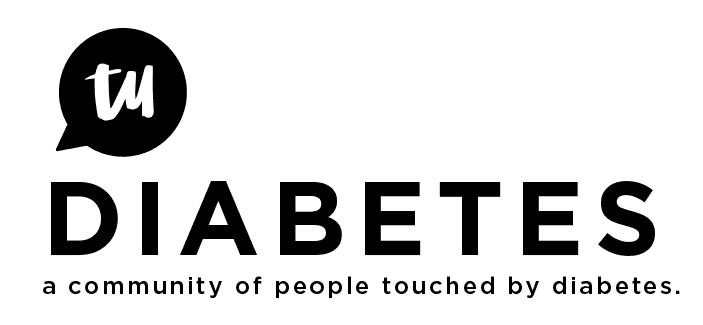People often respond to me in disbelief when I tell them this is still extremely hard one year after diagnosis and a full time job even with the Omnipod 5 pump. It’s not just disbelief it’s somehow relayed as though it should be easier so if it’s not the problem must be me or maybe that’s just how I receive it. These are also people who do not have T1D themselves nor do they have a child with T1D.
The uncertainty is what makes this so hard for me and having to make decisions and judgments when you really aren’t sure. I did a Dexcom G6 sensor change on my 3 year old the other day. It bled at application and the flap inside was hanging out but I continued because this has all happened before and everything has been fine. It was also changed right before bed. We go to sleep and her number is steady between 200 and 230 until 4 am which is extremely unusual. Even the times she is 200 at bedtime she will start to drop usually by midnight. I’m super sleep deprived from this disease, it’s like I now have an infant for multiple years instead of one year in terms of sleep. At 4 am I give her a correction with the omnipod then I roll over and go back to sleep. I’m my half awake mine I keep thinking what if she’s not 230? I should finger prick her to make sure that I didn’t just give her insulin when I shouldn’t have. I am so tired that I never wake myself out of that partial sleep state to do the finger prick. Fast forward to 6 am, Dexcom still says 230. Now I wake myself up and I prick her finger and it reads 40. I’m in a complete panic saying to myself that can’t be right. I check again and sure enough it is right. She downs a juice box and her blood sugar starts to rise in what seems like the longest 15 minutes of my life. She is super tired because she’s symptomatic but her numbers are up so I let her keep sleeping. I call Dexcom and they tell me to change the sensor. I didn’t rush to do it because I wanted her to get her sleep (she’s sleep deprived too) and I had just given her a full juice box with what I thought was no active insulin in her body. An hour later she’s back down to 47 because the pod thinks she’s at 230 so it keeps giving her insulin to get her down. I needed to pause insulin on the pod OR stop the sensor. The good thing is it usually only takes me one fail like this to learn for the next time.
This is hard work! So many variables to consider at all times, so many decisions to make, technology sometimes fails (pod and Dexcom) and it’s not always easy to determine.
One question that I have for everyone…if I had not pricked her finger and treated her at 40…she could have seized OR just gone straight into a diabetic coma, is that correct?
If she went into a coma I would have just thought she was sleeping. It’s all so scary.
